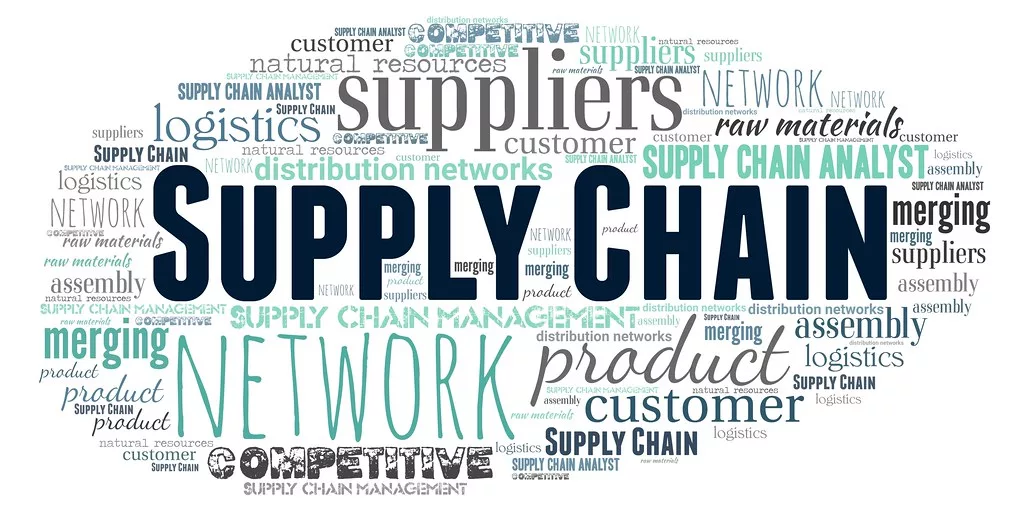Theory 1 - Value Added Partnerships
Johnson and Lawrence (1991) introduced the theory of value-added partnerships. The theory of value-added partnerships contends that suppliers and customers develop into integrated groups and form a web of mixed groups that share common goals. The theory was introduced in 1988, and the authors call the integration of suppliers and customers the value-added chain. The research contended that developing partnerships and networks required a combination of trust and common objectives. Where all parties do not exhibit a common goal and trust, the integrated interaction chain will not develop.
Further, it was deemed necessary for organizations to express an ongoing desire and commitment to the other members of such a group. Doing so results in corporate partnerships that form long-lasting ties and close integration strategies with others within the value-added chain. The reason for such an outcome is that each member of the chain is reliant on the others, and the success of the overall group becomes bound. Therefore, attaining the benefits from the value-added chain requires that each member of the value-added chain recognise the worth of other members and allow strategic partnering and operational partnering to develop into long-term relationships with shared strategic goals.
Corporations forming a value-added partnership will become tightly coordinated, and resource sharing may be adopted. The scenario can also lead to increased interactions between individuals associated with the firms, and may include custom and internal integration. In addition, strategic alignment can lead to shared mental frameworks with customers and suppliers imagining a joint path to success.
Theory 2 – SCM Framework
Lambert and Cooper (2000) differentiated supply-chain management (SCM) from logistics by taking the earlier concepts of SCM introduced in the 1980s and integrating stakeholder value and key business processes. Lambert and Cooper (2000, p. 66) argued that “Supply Chain Management is the integration of key businesses processes from end user through original suppliers that provides products, services and information that add value for customers and other stakeholders.” The theory extended logistics management and earlier concepts of SCM into a whole chain-value management system.
The authors developed a framework that represented firms in a business-to-business market as being embedded within a complex network of relationships between suppliers and customers where other stakeholders interact in a complex environment. The model saw opportunities and threats that apply to corporations controlled not internally, in the company, but through an interconnected web of relationships. The model allowed management to visualise processes outside of corporate boundaries.
In developing a central framework for SCM, Lambert and Cooper (2000, p. 81) developed a system that “consists of three closely interrelated elements: 1) the supply chain network structure; 2) the supply chain business processes, and 3) the supply chain management components.” The model demonstrates that creating processes between corporations is essential if firms are to maintain superior competitiveness and profitability and remove friction between other members of the supply chain. An outcome of the theory is an understanding that the more focused a product offering is, the lower the suitability of a partner and the increase in transaction costs that will apply in integrating such an offering.
Theory 3 - Unified/Integrated Supply-Chain Management Strategy
Tan (2001) developed the unified and integrated supply-chain management and strategy theory. The idea was released in 2001, and noted how shared ideas existed around SCM but that many of the concepts were nebulous. In developing the theory, the author builds upon theories of the firm and integrates transaction-cost economics. Additionally, Tan extended Porter’s value-chain and network approach to SCM. A key component of the theory is that traditional cultures that emphasise short-term performance conflict with the strategic goals of developing a supply-chain management system.
The necessity of developing shared corporate cultures across the value chain is promoted by Tan (2001), who further argues that supply-chain members should extend and develop relationships between strategic partners and customers to develop long-term benefits for all parties. When firms integrated work together, each member could reduce transaction costs over time and lower administration costs. The theory posits that traditional SCM fails to correctly integrate the relationship with clients and suppliers, with prior ideas that supply-chain management is the most important aspect of SCM and is less critical than relationship management.
Integrating various stakeholders, including those within vertical and horizontal systems, allows the development of further resources across various terms, including skill sharing and technology integration. As logistics functions have evolved beyond materials and distribution management, they have “merged into the modern era of a holistic and strategic approach to operations, materials and logistics management” (2001, p. 39). Additionally, trust issues may be addressed through processes such as supplier certification and the development of integrated purchasing and invoicing systems, such as those developed in electronic data interchange (EDI) applications, where firms share information across databases.
References
Johnston, R., & Lawrence, P. R. (1991). Beyond vertical integration–the rise of the value-adding partnership. Markets, Hierarchies and Networks: The Coordination of Social Life, 193–202.
Lambert, D. M., & Cooper, M. C. (2000). Issues in Supply Chain Management. Industrial Marketing Management, 29(1), 65–83. https://doi.org/10.1016/S0019-8501(99)00113-3
Tan, K. C. (2001). A framework of supply chain management literature. European Journal of Purchasing & Supply Management, 7(1), 39–48. https://doi.org/10.1016/S0969-7012(00)00020-4

